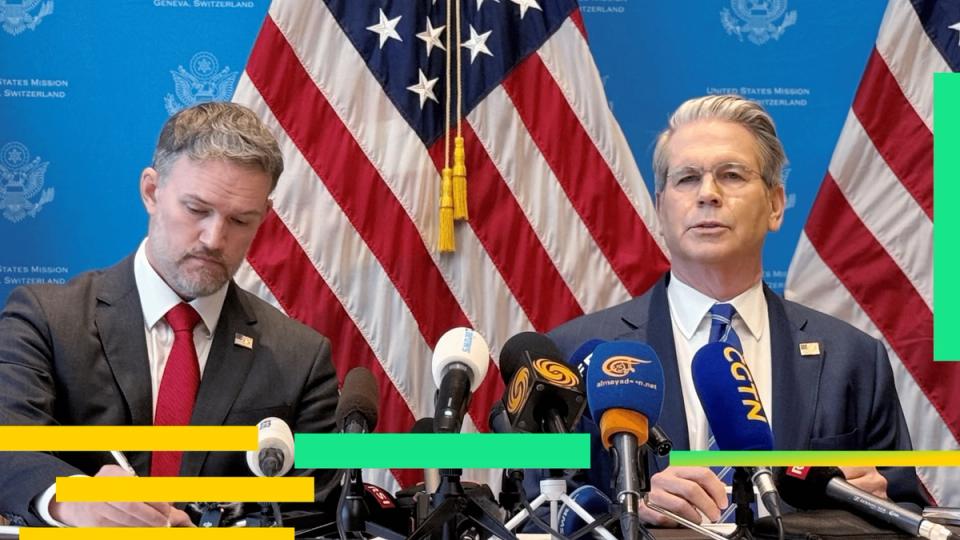The cryptocurrency market lit up on Sunday, and social media erupted in jubilation as users hoped for new bitcoin bull runs and tokens like XRP and DOGE fueled by stimulus checks, following President Donald Trump’s announcement of a tariff dividend for low-income Americans on Truth Social.
But the reality, as Finance Minister Scott Bessent later clarified, is more complicated.
Bessent explained that the president’s tariff dividend could be delivered through the tax cuts from his major economic policy bill earlier this year.
“The $2,000 dividend could come in many forms, in many ways. It could just be the tax cuts that we see on the president’s agenda — no tax on tips, no tax on overtime, no tax on Social Security — auto loan deductibility,” Bessent told ABC’s This Week when asked about Trump’s social media posts.
These indirect measures, as mentioned by Bessent, may not trigger the same immediate increase in bitcoin, altcoins or consumer spending that direct stimulus controls typically do. That’s because checks provide quick, tangible cash flows that can quickly boost demand, while tax breaks tend to distribute benefits more gradually.
It is the case that a bird in the hand is worth two in the bush – the certainty of direct cash flow generally has more immediate impact on the market than the uncertain promise of indirect measures.
Bessent’s clarification followed euphoric speculation that the announced dividend would come in the form of stimulus checks, drawing parallels to the COVID-era payments that were closely linked to unprecedented rallies in cryptocurrencies — particularly altcoins.
The story lifted market ratings. Bitcoin rose from around $103,000 to $105,000 on Sunday, extending gains to over $106,500 at one point in Monday’s Asian hours.
The leading cryptocurrency has gained 4% in the past 24 hours, with altcoins such as XRP, WLFI, PUMP, UNI and ZEC rising 8% to 25% respectively. The CoinDesk 20 index is up over 5% to 3,469 points. However, the rally came to a standstill around 8:00 UTC.
It is also worth noting that drawing parallels with 2021 does not quite hold. Back then, inflation was well below the Federal Reserve’s 2% target and interest rates were close to zero, both factors that encouraged increased risk-taking and market complacency. Today, interest rates are around 4% after recent cuts, and inflation remains at least a full percentage point above the Fed’s target.
This raises a crucial question: whether recipients of the tariff dividend – whether through direct payments or indirect measures such as tax breaks – will channel these funds into crypto trading or choose to stash them instead.



